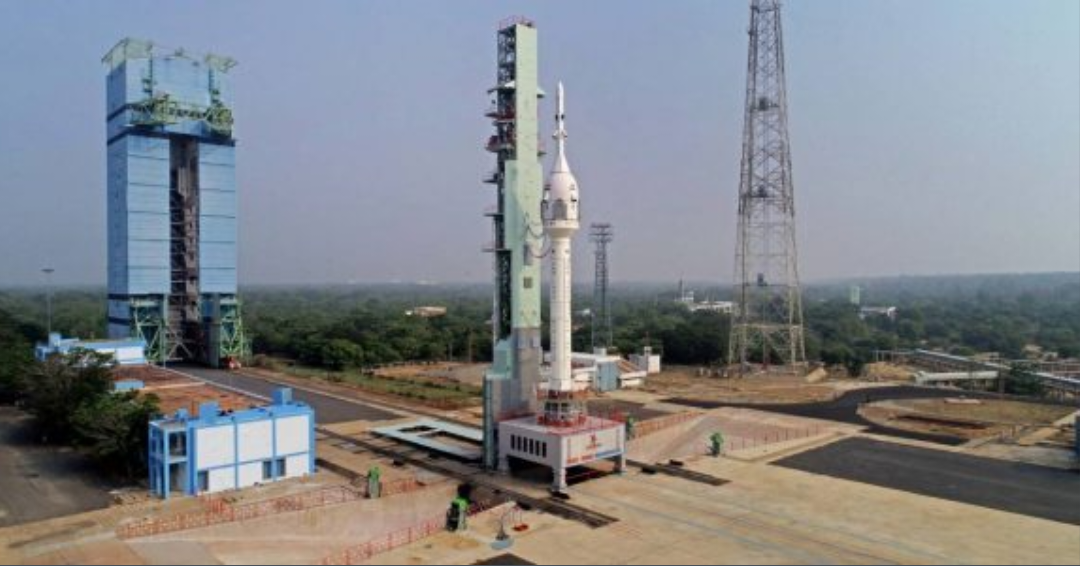
In a momentous event on Saturday at 10 am, ISRO launched the Test Vehicle, which carried crucial payloads connected to the Gaganyaan human space flight program. This mission had faced an unforeseen technical fault that had put it on hold.
After enduring a two-hour delay and a nail-biting situation when the TV-D1’s engine initially failed to ignite, ISRO’s dedicated scientists persevered. Seventy-five minutes later, they masterfully propelled the rocket, achieving the separation of the Crew Module and Crew Escape, a feat celebrated with exuberant cheers at the Mission Control Center.
ISRO proudly announced the complete success of the TV D1 Mission, with ISRO chief S. Somanath expressing, “I am very happy to announce the successful accomplishment of the TV-D1 mission… we have a confirmation of the data for all of this.”
The Test Vehicle D1 mission was initially scheduled for liftoff at 8 am, later revised to 8.30 am and 8.45 am, but ISRO ultimately confirmed a “hold” on the liftoff.
The mission, named Flight Test Vehicle Abort Mission-1 (TV-D1), represents the first of four planned test flights by the Indian Space Research Organisation (ISRO) to demonstrate the Crew Escape System. This system is vital for ensuring the safety of astronauts in the event of a rocket malfunction, allowing them to safely splash down in the sea with the aid of parachutes.
The TV-D1 mission plays a critical role in India’s Gaganyaan program, scheduled for a human space mission in 2025. It aims to evaluate various subsystems, the crew escape system, separation systems, crew module characteristics, and deceleration systems at higher altitudes.
This 44-tonne test vehicle, standing at approximately 35 meters tall, utilizes a modified Vikas engine powered by liquid fuel. The crew module, which houses astronauts in a pressurized environment, weighs 4,520 kg and features a dual redundant avionics system for navigation, telemetry, instrumentation, and power.
During the flight, at 61 seconds and an altitude of 11.9 km, the rocket and crew escape system separate, followed by the crew module’s separation at 91 seconds and an altitude of 16.9 km. The subsequent abort sequence unfolds autonomously, deploying parachutes to ensure the safe splashdown of the crew module about 10 km from Sriharikota’s coast.
Recovery ships and a team of divers are poised to retrieve the crew module from the sea, ensuring a smooth conclusion to this significant milestone in the Gaganyaan program. The success of this test flight sets the stage for the remaining qualification tests and unmanned missions, ultimately leading to the inaugural Gaganyaan mission with Indian astronauts, as confirmed by ISRO.

Post Your Comments